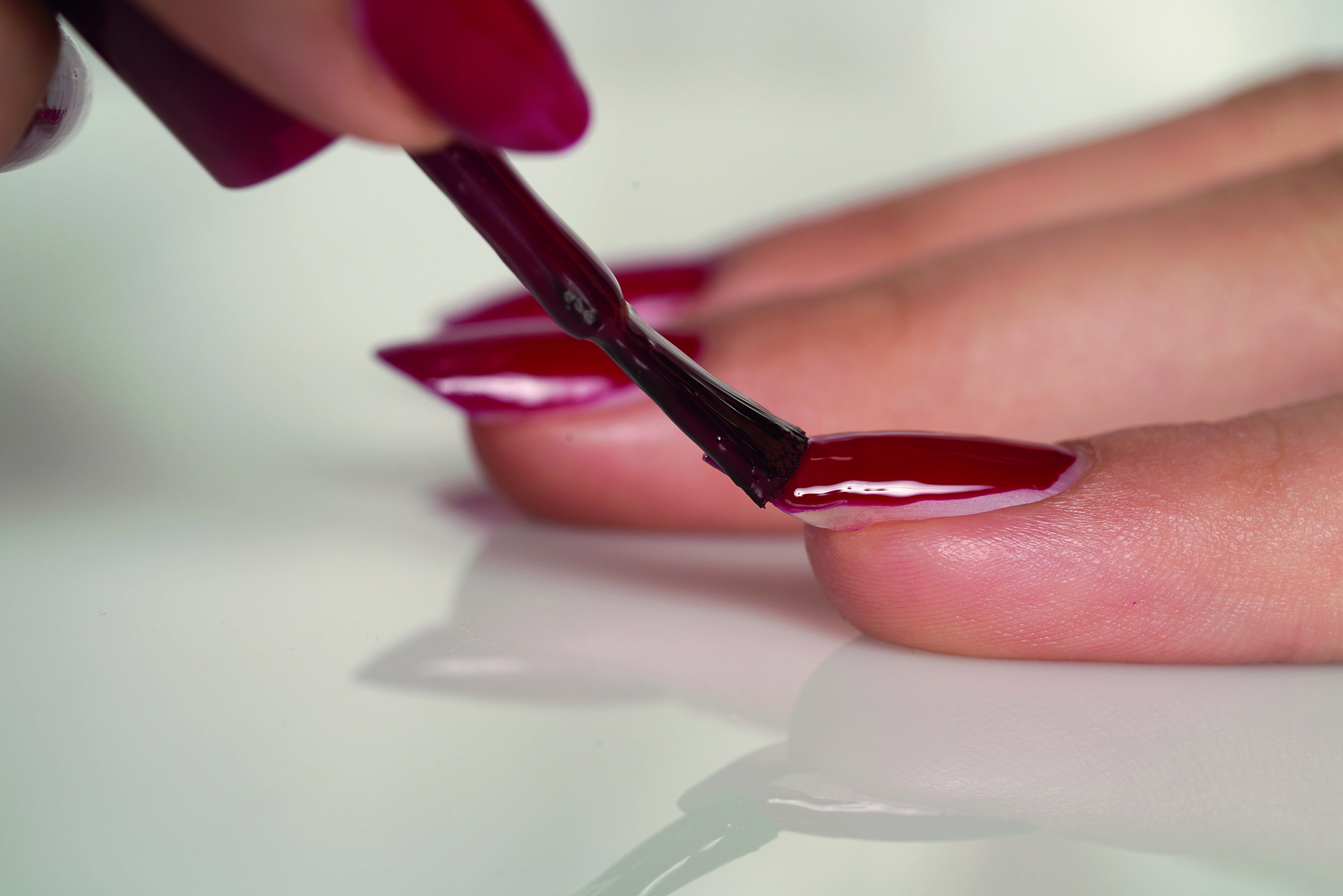
Microplastics have become so widespread that they have been discovered in fresh Antarctic snow. They enter the environment in all kinds of ways, not just from littering. Something as seemingly innocent as Halloween decorations or gum can be a source, says Sulacpac, a producer of bio-based alternatives for conventional plastics
Microplastics are minute pieces of plastic – less than five millimeters in length. As plastic waste, like wrappers, packaging and straws, continues to accumulate in the environment, it breaks down to smaller and smaller pieces.
However, typical plastic waste isn’t the only source of microplastics. Some of the most innocent, even unexpected products and items in our homes release microplastics. With Halloween fast-approaching, we are about to enter a festive season that produces alarming amounts of plastic waste. A UK study by an environmental organization discovered that more than 80% of Halloween costume materials were made of oil-based plastics. With Halloween being one of the most loved holidays in the US, the influx of new plastic waste is a yearly inevitability.
“What at first glance appears to be just fun, harmless decoration, outfits and party essentials will all turn into waste after being used for a very limited amount of time,” says Dr Suvi Haimi, CEO and Co-founder at Sulapac. “However, they don’t cause plastic pollution only after they are tossed – they release microplastics in active use. At the moment, too little research is complete on the long-term effects of microplastics. But we have some alarming signals. In studies, they have been linked to stomach issues for humans and diseases in coral reefs.”
Here are six other surprising everyday things that contain and release microplastics.
1. Nail polish
Even the best nail polish chips off in small pieces. Nail polish typically contains resin, a thermosetting polymer. This means that it’s essentially a single-use plastic and its various ingredients cannot be separated from each other and recycled after the product has been created.
What’s more, nail polish is constantly rebought and reapplied, making it a steady source of microplastic waste. Gel nails and acrylic nails, whether they come off on their own or are taken off by a professional at the salon, also result in microplastics. Many polishes also contain glitter which is usually made of PET plastic (polyethylene terephthalate).
2. Acrylic paint
Acrylic pouring and abstract art have become huge trends in recent years, mostly due to social media. Brightly coloured droplets and the aesthetically pleasing sight of colours spreading make for popular content on Instagram and TikTok. But this style of painting is also very wasteful, using paint that drips off the canvas or gets tossed in the garbage can, without obvious options available for recycling.
Acrylic is actually a thermosetting plastic – like nail polish. Its ingredients cannot be collected and recycled. So while finished paintings become decorative items, the waste ends up in landfill.
3. Gum
Gum is another use for the plastic called polyethylene which is also used to manufacture plastic bottles.
Like nail polish and acrylic paint, gum cannot be recycled. Once it’s chewed up and discarded, it will stick around forever. Sadly, many streets around the world are littered with gum, flattened against the pavement.
4. Water bottles
It’s of course an environmentally-friendly choice to buy your own refillable water bottle to bring with you to the gym, hiking or biking. Often made of particularly durable plastic like polyethene, water bottles can last for years in everyday use, but even they will show wear and tear over time.
As the lid is closed and opened hundreds and thousands of times, small plastic particles are shaved and chipped off. They can be swallowed or go down the drain into the wastewater system.
5. Toys
Tossed around, rolled on the floor, chewed on and taken from place to place, children’s and pets’ colourful toys are made to last. Despite being typically made of durable plastic, just like water bottles, they tend to wear out due to heavy use. Especially chewing may lead to both babies and pets swallowing small bits of plastic. A 2020 study shows that bottle-fed babies swallow millions of microplastics a day. Just imagine how many microplastics they consume by chewing toys.
The more use a toy sees, the more likely it is to shed plastic particles. They are difficult to replace with other options, so it’s best to get rid of and recycle toys that are starting to show clear teeth marks and even little pieces missing.
6. Cutting boards
Cutting boards that we grab from convenience stores to help us cook food? They are usually made of solid durable plastic like ABS. While they may have long life spans, they start showing signs of damage over time. As we cut vegetables, we also inadvertently cut into the plastic surface of the board, chipping off tiny pieces that end up in food, the garbage and the sewer.
A single cutting board may not release too many microplastics over its lifetime, but think about how many people have them and use them almost daily – that’s a lot of microplastics.
In fact, several kitchen items in intense use release microplastics – like jars, containers and utensils.
It’s probably not possible to stop microplastic pollution completely. What we can do, however, is understand a little better where microplastics come from and make educated decisions on decreasing the amount of waste we generate and, whenever we can, avoid items that release microplastics.
“Also, there are novel materials that are safe for people and the planet,” says Dr Haimi. “On a structural level, we need to replace conventional plastics with truly sustainable alternatives that leave no permanent microplastics behind.” Microplastics are almost impossible to clean from the environment once they are released. So opting to design products with more sustainable materials is the only way to solve this global problem.






